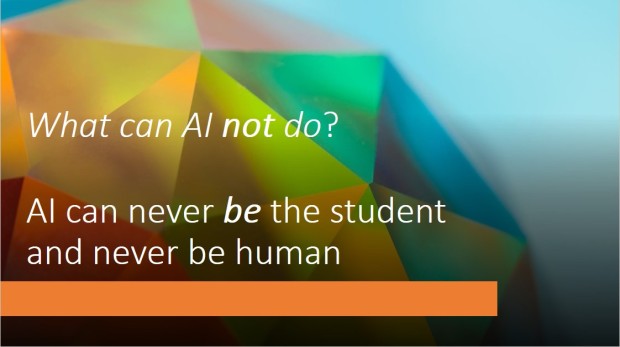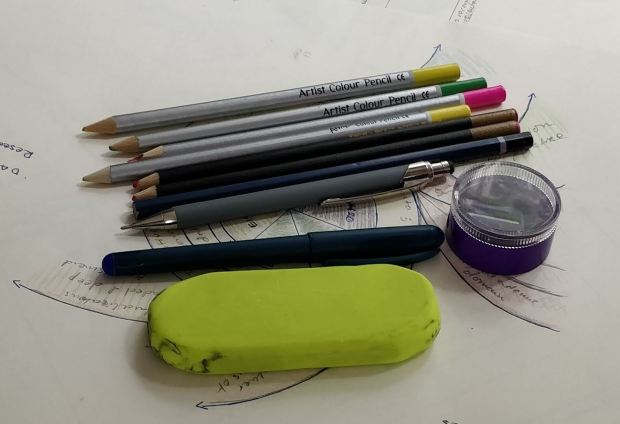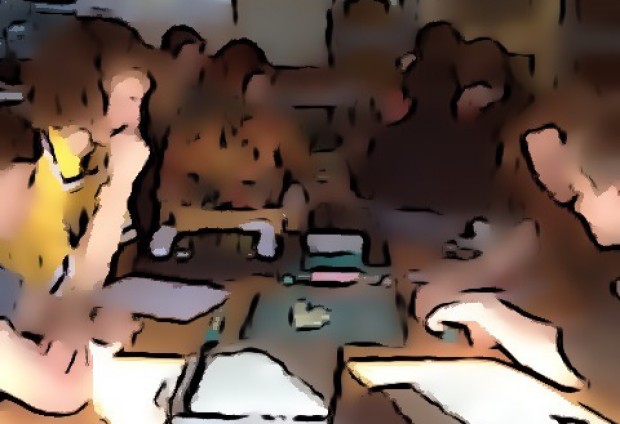What is it about the Swedish educational culture that makes it so hard to decipher and explain?
I am researching text practices and assessment in higher education and I’m collecting my data in Sweden. This means I have to explain the context for an audience who are not familiar with the Swedish education systems and culture. My own experience of being a pupil and student spreads across different cultures; Swedish, French, British and US education systems. I know from experience that Swedish education is different. What I had not previously identified is how different this Swedish educational culture seems to be. However, to be able to explain the context I first have to understand it myself.
There is the focus on collaboration and group work, and the focus on children who need help and support, and no focus on gifted students. The ideal is inclusion and collaboration. Another Swedish cultural ideal is the concept of ‘lagom’ (not too much, not too little of anything), and for not standing out. Children in Sweden start school comparatively late, the year they turn seven, although most children attend F-class when they are six. I would say Sweden has a child centred educational culture and that there is a cultural norm for letting children be children and leaving a lot of space for children to play.
When it comes to assessment I find it especially tricky to decipher and explain the context. Contemporary Swedish education, including higher education, is influenced by sociocultural perspectives on education (Englund, Olofsson & Price, 2018) and has since the 1970s had a “grading-hesitant educational culture” (Dahl, Lien & Lindberg-Sand, 2009, p.61). Younger children are not graded at all. Grades are not introduced until year 6 when the children are 12, and grades are criterion based which theoretically means that everyone in a class can achieve the highest grade.
Higher education in Sweden is highly decentralised and each institution can decide on what grading scale to use, and this can be delegated down to the level of the subject level. In one and the same institution for higher education there can be several grading scales used. It is the teachers who teach the courses that also grade the students. Each and every course is graded and the most common grading scale is pass/fail which makes the topic of grade distribution “void of valuable information” (Dahl et al., 2009, p.72), although other scales are used such as the A-F scale, or pass/pass with distinction/fail. There is no system of final exams and students get no grade for degrees, for example a BA, or professional (licensed) degrees such as a for teachers.
All of this seems to cause confusion for people from other educational cultures, especially where there is a firm paradigm of measurement and accountability. Swedish teachers at all levels of education work within a high trust and low accountability culture. I am finding it increasingly interesting even if it just the backdrop for my research and not the focus. This needs further thinking and writing about.
References
Dahl, B. L., & Lindberg-Sand, Å. (2009). Conformity or confusion? Changing higher education grading scales as a part of the Bologna Process: the cases of Denmark, Norway and Sweden. Learning and Teaching, 2 (1), 39–79. High Educ (2009), 58(53), 1-549.
Englund, C., Olofsson, A. D., & Price, L. (2018). The influence of sociocultural and structural contexts in academic change and development in higher education. Higher Education, 76(6), 1051-1069.







